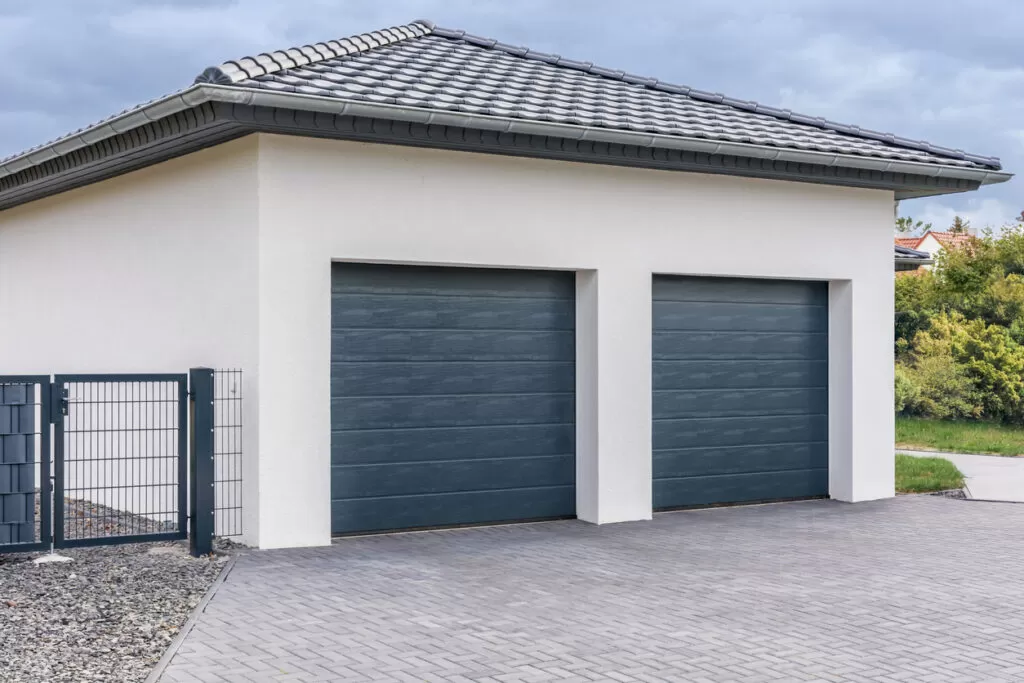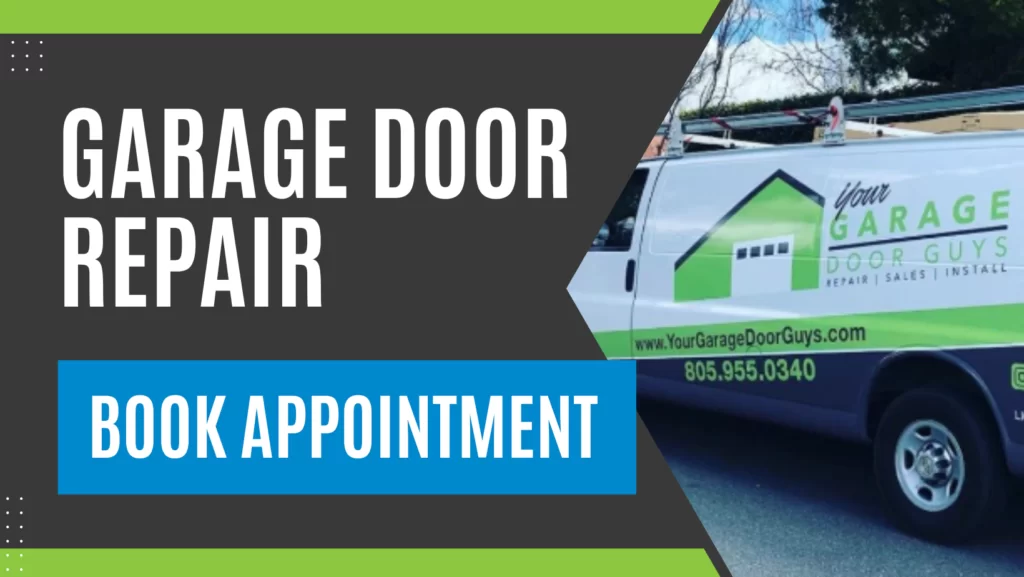A double garage door offers enhanced convenience and accommodates larger vehicles or multiple cars. However, its size and weight can lead to unique maintenance challenges, including noisy operation, misaligned tracks, or malfunctioning sensors. Regular inspections and timely repairs are essential to ensure smooth functionality and extend its lifespan.
A double garage door is a staple feature of many homes, providing both convenience and security for homeowners. However, like any mechanical system, it can develop problems over time, leading to frustration and potential safety concerns. Understanding these issues and how to address them can save time and money.
This article explores common double garage door problems and how to fix them.
Common Double Garage Door Problems and How to Fix Them
A double garage door is larger and heavier than its single-door counterpart, which can lead to unique challenges. Problems often arise due to regular wear and tear, environmental factors, or improper maintenance. Addressing these issues promptly can extend the lifespan of the door and improve its functionality. While some problems are simple enough for a DIY fix, others require professional attention to ensure safety and effectiveness.
Here’s a detailed look at common double garage door problems and their solutions:
Noisy Garage Door
A noisy double garage door can be caused by loose hardware, worn-out rollers, or a lack of lubrication. The grinding, squeaking, or rattling sounds can disrupt the peace in your home and may indicate underlying issues.
Begin by inspecting the hinges, rollers, and tracks for visible signs of wear or damage. Tighten any loose bolts and lubricate the moving parts with a high-quality silicone-based garage door lubricant. If the noise persists, consider replacing the rollers or contacting a professional to assess the situation further. Regular maintenance can help prevent this issue from recurring.
Misaligned Tracks
When the tracks of your double garage door become misaligned, the door may struggle to open or close smoothly. This can happen due to accidental bumps, loose bolts, or debris buildup. Misalignment is a serious issue that, if left unresolved, can damage the entire door mechanism.
To fix it, check the tracks for any visible gaps or bends and use a level to confirm alignment. Gently loosen the track bolts and tap the tracks back into position with a rubber mallet, ensuring they’re parallel. Tighten the bolts and test the door. For severe misalignment, it’s best to call in a professional.
Damaged Panels
Damaged panels not only affect the appearance of your double garage door but can also impact its structural integrity. Common causes include accidental impacts or weather-related wear. Minor dents can often be repaired using a mallet and a wooden block to gently reshape the panel.
For larger damage, panel replacement might be necessary. Consult your garage door manufacturer for replacement options that match the style and material of your door. Promptly addressing damaged panels prevents further issues, such as water infiltration or compromised insulation.
Malfunctioning Sensors
The safety sensors on your double garage door are crucial for preventing accidents. Malfunctioning sensors can cause the door to stop midway or fail to close altogether. Dirt, misalignment, or faulty wiring are common culprits.
Start by cleaning the sensor lenses with a soft cloth to remove dirt or debris. Ensure the sensors are properly aligned and that their indicator lights are on. If the issue persists, inspect the wiring for any loose connections or damage. Replacing faulty sensors might be necessary, and this task is best left to professionals to ensure compliance with safety standards.
Door Won’t Stay Up
When a double garage door won’t stay up, it’s often due to worn-out springs or cables. These components bear the weight of the door and provide balance. Attempting to adjust or replace springs on your own can be dangerous due to the high tension they’re under. If you notice this issue, stop using the door immediately and contact a garage door technician. They can safely replace the springs or cables and test the door’s balance to ensure it operates smoothly. Regular inspections and maintenance can help prevent this problem.
Remote Control Issues
A malfunctioning remote control can be frustrating and inconvenient. The problem may stem from dead batteries, signal interference, or a misprogrammed remote.
Begin by replacing the batteries and ensuring you’re within the recommended operating range. Check for physical damage to the remote or receiver and ensure the antenna on the opener is unobstructed. If reprogramming is required, follow the manufacturer’s instructions. For persistent issues, consider upgrading to a newer system with enhanced features and reliability.
Slow Door Movement
A slow-moving double garage door can indicate issues with the motor, rollers, or springs. Over time, worn-out components can reduce the efficiency of the door mechanism.
Start by lubricating the rollers and hinges to reduce friction. If the problem persists, inspect the motor for signs of wear and tear. Upgrading to a more powerful motor may be necessary for larger doors.
Worn Out Rollers
Rollers play a critical role in the smooth operation of your double garage door. Over time, they can wear out or become damaged, leading to a jerky or noisy door. Inspect the rollers regularly and replace any that show signs of wear, such as cracks or flat spots.
Nylon rollers are a quieter and more durable alternative to traditional steel ones. Proper lubrication can also extend the lifespan of the rollers and improve the door’s performance.
Clogged or Dirty Garage Door Tracks
Debris and dirt accumulation in the tracks can hinder the movement of your double garage door. Regular cleaning with a soft brush and a damp cloth can prevent buildup. Avoid using harsh chemicals, as they can damage the track’s surface.
After cleaning, inspect the tracks for any dents or bends and address them promptly. Keeping the tracks clean ensures smooth and reliable door operation.
Rusted or Corroded Components
Rust and corrosion can weaken the components of your double garage door, compromising its functionality and safety. Regularly inspect metal parts, such as hinges, springs, and tracks, for signs of rust. Use a wire brush to remove rust and apply a rust-inhibiting primer or spray to protect the metal.
For heavily corroded parts, replacement may be the best option to ensure the door operates safely and efficiently.
Power Supply Problems
A lack of power can leave your double garage door inoperable. Check the opener’s power source and ensure it’s plugged in securely. Inspect the circuit breaker or fuse box for tripped switches or blown fuses. If the opener still doesn’t work, the motor or electrical wiring may be at fault. Consult a professional to diagnose and resolve electrical issues safely.
Professional Garage Door Repair
A double garage door is a significant investment, and maintaining its performance requires expert care. At Your Garage Door Guys, we specialize in garage door repairing and servicing all types of garage doors. Whether you’re dealing with minor issues or complex repairs, our team provides reliable and efficient solutions tailored to your needs.
Contact us today to ensure your garage door operates smoothly and securely.
Conclusion
Double garage doors are a vital part of many homes, but they require regular care and maintenance to function properly. From noisy doors to malfunctioning sensors, addressing problems promptly can save you time and money. For all your double garage door repair needs, trust the experts to keep your door in peak condition.


